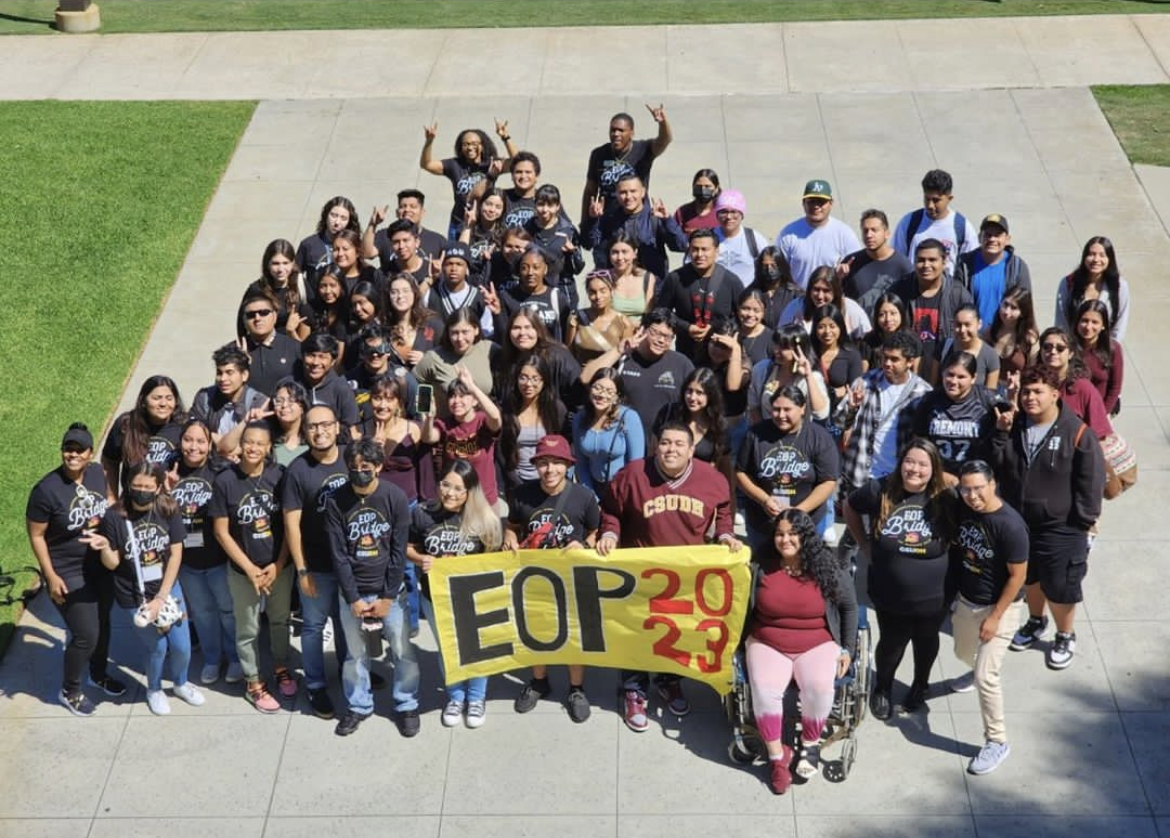By Brandon Brown
News Editor
What would you do with $1,200? Go on a trip? Go on an Amazon shopping spree? Put rims on your Prius?
Or, more likely, buy textbooks?
If you’re like most people, No. 4 wasn’t even a serious option. However, for college students across the nation, it’s not just something to consider; it’s a grim reality.
According to a 2014 report by the U.S. PIRG Education Fund, the average college student will spend over $1,200 per year on textbooks and supplies, and these costs are rising.
This, coupled with the already-crushing student debt crisis, paints a not-so-bright future for college students.
The same report found that two-thirds of students reported not buying textbooks, due to costs, even after fearing that doing so would hurt their grades.
In addition, nearly half of students reported that textbook costs directly impacted their decisions on whether to take certain classes.
This double-whammy of skyrocketing tuition and rising textbook costs is causing many students to question their academic futures.
One of the biggest reasons for these rising costs is the textbook publishing companies.
According to a 2016 report by the U.S. PIRG, just five companies have a near monopoly and control more than 80 percent of the $8.8 billion textbook market.
What’s more, these companies market their products to quality-conscious professors, not cost-weary students.
Professors are more likely to choose a book with better perceived quality and more options.
Multimedia add-ons, videos, web-based tests, flashy pictures and glossy paper are just a few tricks publishers use to get the green light from professors.
While professors may think that students will get more bang for their bucks with all the bells and whistles these “extras” may provide, students often do not utilize all of this added functionality.
Moreover, professors are not always aware of the final pricing of these books and are less sensitive to the impact on cash-strapped students.
Another factor contributing to the hike is the publishers’ bottom lines. K-12 books have to be bought in large quantities, are usually replaced once every seven years on average, and are usually provided free to students.
Having to buy thousands of textbooks on dwindling budgets, prices are fiercely negotiated by school districts across the nation, leaving publishers desperate for sales and hovering around 5 percent profit margins.
Colleges, in contrast, do not have to buy textbooks for students. As such, they don’t exert the same pressure to keep costs down.
This, coupled with the near monopoly on the market, leaves publishers free to charge essentially whatever they want, knowing the costs will be passed down to students. This results in a whopping 20 percent profit margin, a 400 percent increase over K-12 texts.
A growing number of colleges, including Cal State Dominguez Hills, are addressing the issue under open textbook agreements.
Open textbooks utilize grant money to allow students access to free, web-based textbooks. These open texts offer comparable material and more functionality than traditional texts, but at a fraction of the cost, saving colleges millions and students $128 per class on average.
There are over 3,300 of these open textbooks available in the 23-campus California State University system, and the selection is expanding, giving students opportunities that previously didn’t exist.
Perhaps in the future, students will actually have the chance to decide what to do with that extra $1,200.


